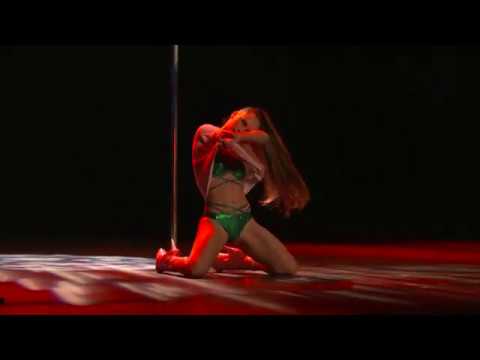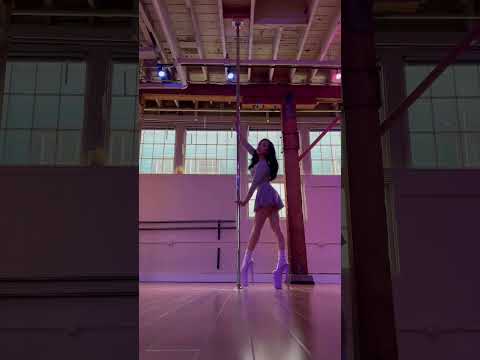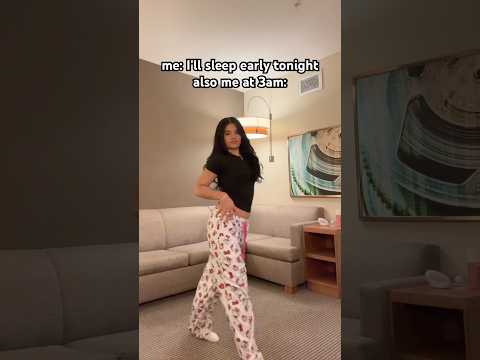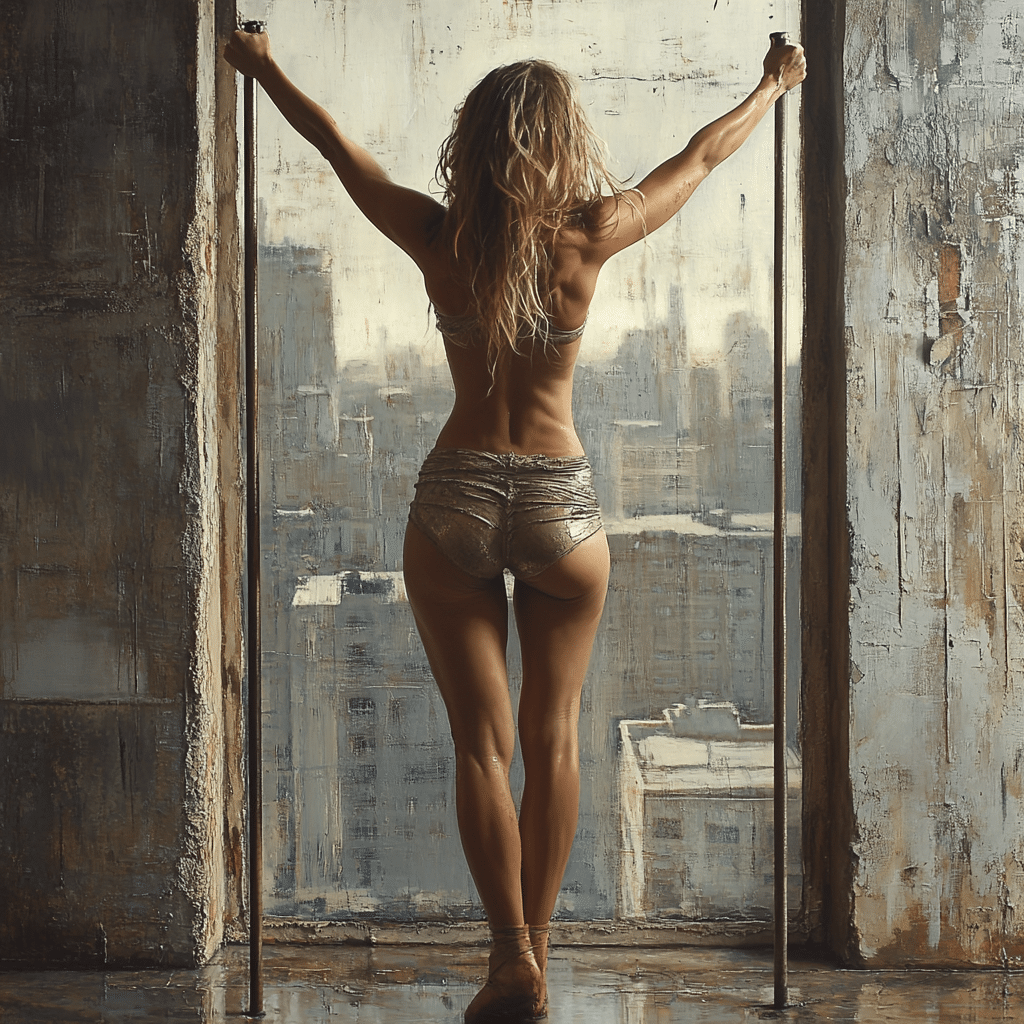
Pole Dance Transforms Strength And Self Confidence
Pole dance has undergone an incredible transformation over the past decade. Once viewed through the lens of stigma and misunderstanding, it’s now celebrated as a vibrant form of fitness and self-expression. The magic of pole dance lies not only in its physical demands but also in its profound ability to enhance self-confidence and mental strength. In this article, we take a deep dive into how pole dance can empower individuals, showcasing its myriad benefits, the pioneers leading the charge, and the thriving communities that embrace this dynamic art form.
Top 5 Ways Pole Dance Builds Strength and Self-Confidence
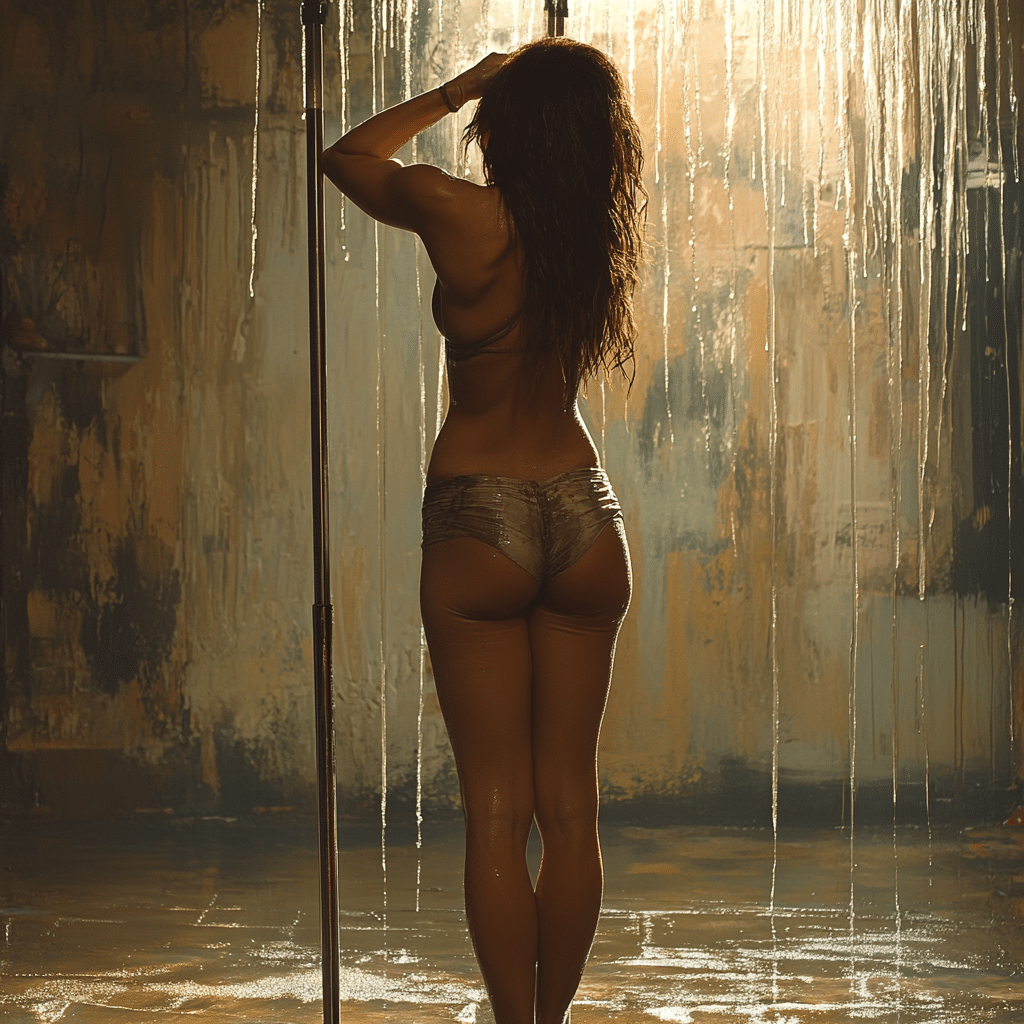
1. Full-Body Workout
Pole dance isn’t just about skills; it provides an effective full-body workout that engages various muscle groups. Practicing pole dance can burn between 250 to 400 calories in just one hour! Brands like PoleFit highlight the strength-building elements of their classes, which emphasize enhancing upper body strength, core stability, and leg power. As participants progress, they often notice significant gains in their physical prowess, which regularly translates into heightened confidence.
2. Mental Resilience through Skill Mastery
When it comes to mastering pole dance moves, perseverance is key. The journey of learning complex spins and holds teaches patience and mental fortitude. Dancers report that overcoming frustrations on the pole mirrors challenges they face in life outside the studio, bolstering their confidence in other pursuits. Influential pole dancers like Jenyne Butterfly and Marlo Fisken share inspiring stories about how their dedication to mastering pole techniques has positively impacted their mental health and overall self-esteem.
3. Creative Self-Expression
Unlike more conventional workouts that can feel mundane, pole dance offers a unique platform for artistic expression. Each performance can be a personal masterpiece, reflecting individual emotions and experiences. This outlet helps many dancers embrace their bodies and confront their insecurities. Studios such as The Pole Studio in Los Angeles encourage students to develop their choreography, celebrating diversity and fostering self-confidence in the process.
4. Community and Support
The pole dancing community stands out for its inclusivity and unwavering support. Online platforms like Pole Dance Community on social media provide vital connections among dancers, allowing them to inspire and uplift one another. Many find not only technical advice but lifelong friendships within the pole dance community. They share personal stories of overcoming self-doubt, reinforcing feelings of camaraderie and belonging.
5. Combining Pole Dance with Other Dance Forms
Many pole dancers integrate elements from other dance styles, such as lap dance, into their routines. This fusion paves the way for a richer expression that enhances both confidence and performance. Classes like Sensual Flow at popular fitness studios explore this blend, allowing participants to delve into their sensuality while boosting strength and skills. This exploration helps demystify lap dance, marking it as a valid form of personal empowerment rather than a mere performance.
Embracing Inclusivity in Pole Dance
The pole dance movement is lauded for welcoming individuals of all shapes, sizes, and backgrounds. This inclusivity fosters variations of the art form, with studios across the globe offering workshops tailored for those who might feel intimidated by traditional classes. Organizations like P.A.W.S. (Pole and Aerial Wellness Society) play a critical role in making pole dance accessible, highlighting diverse dancers who have found strength and self-confidence through practice.
The message is clear: pole dance isn’t just for the athletically inclined. It’s a space where everyone can explore their strengths, breaking down barriers and stereotypes that once defined fitness.

Innovative Opportunities in Pole Dance Fitness
As the digital age progresses, so does the accessibility of pole dance classes. Online tutorials and virtual studios like Pole Dance Academy allow practitioners to learn at their own pace from home. This flexibility has been crucial during the pandemic but continues to revolutionize how people engage with fitness. Social media serves as another powerful tool, with instructors sharing their journeys, offering insider tips, and spotlighting the mental health benefits tied to pole dance practices.
In 2024, it’s evident that pole dance is much more than a workout; it’s a transformative journey of self-discovery and empowerment. This captivating practice is breaking stereotypes and redefining strength and confidence for many, inspiring individuals to explore their own power through movement. Embracing both physicality and emotion cultivates resilience and enriches the lives of those brave enough to dance around the pole.
Idealistic as it may sound, the richness of community, creativity, and strength found within pole dance transcends mere fitness. From David krumholtz flexing his strengths in various roles to journeying through character arcs like those in Harry Potter and the Philosopher’s Stone Cast, pole dancers show that strength and self-expression can take many forms. Each time someone steps on that pole, they embrace both an art form and a path to self-love.
So why not watch the journey unfold? Grab your gear, embrace the challenge, and find out how pole dance can change your life! With communities that are rich in support, resources that are accessible, and countless stories of triumph, it’s time to see the pole for what it truly is: a beacon of empowerment and self-discovery, reminiscent of the themes explored in Watch The Road To El dorado or even Arigato.
Together, let’s continue breaking down barriers, rejecting expectations, and shining a light on what it truly means to be strong and confident. Discover The journey that pole dancing can offer, honor the power of expression through dance, and, most importantly, unleash your inner badass!
Pole Dance: Empowerment Through Movement
The Origins and Evolution of Pole Dance
Pole dance has a fascinating history that dates back centuries, blending elements of acrobatics, dance, and fitness. It’s believed to have roots in traditional Indian sport called Mallakhamb, where performers demonstrate strength by performing routines on a wooden pole. Fast forward to today, and you’ll find pole dancing celebrated for its empowering qualities. As performers like Samara Saraiva showcase through their craft, pole dance can transform one’s body and build self-confidence. Interestingly, pole dance isn’t just for the ladies; it’s gaining popularity among men too, with instructors like Johnny Blaze breaking stereotypes.
The Art of Strength and Flexibility
Did you know that pole dancing combines elements of gymnastics and dance? This isn’t just some trendy workout—it’s a full-body experience that challenges your strength, flexibility, and coordination. Many pole dancers incorporate dance styles that can include anything from contemporary moves to hip-hop vibes. This fluidity adds a playful element to the workout, making it feel less like exercise and more like a dance-off. And come on, who doesn’t want to feel like the star of their own Harry Potter and the Philosophers Stone Cast( story? With each spin and twirl, dancers tap into their inner magic and boost their self-esteem.
Fun Facts About Modern Pole Dance
Here’s a fun fact: pole dance has been recognized as a sport in various competitions worldwide! Organizations are now pushing to get pole dancing included in prestigious events like the Olympics. Plus, many studios worldwide offer classes that accommodate all levels, from beginners to advanced performers—making it accessible to just about anyone looking to unleash their inner strength. Want to see how people are taking this to the next level? There are even fitness enthusiasts aspiring to create pole dance specifically for those with curvier body types, much like the concept seen with Big Booty pawg. It shows just how inclusive and varied the pole dance community has become!
Whether you’re drawn to the sport’s physical demands or its artistic expression, pole dance invites everyone to explore beyond traditional fitness boundaries. Take a chance, and who knows? You might just find yourself barreling down a path of empowerment and self-discovery.

What is the point of pole dancing?
Pole dancing combines strength, flexibility, and creativity, allowing people to express themselves while getting fit. It’s a challenging and empowering workout that can boost self-confidence and body awareness.
Is pole dance the same as stripping?
Pole dance and stripping aren’t the same, though they can involve similar moves. Stripping often focuses on entertainment and nudity, while pole dancing can be a dance form or workout widely practiced in various settings, including fitness studios.
Why do men love pole dance?
Men are drawn to pole dance for the same reasons as anyone: it’s a great workout that builds flexibility, agility, and coordination. Plus, it offers a fun way to challenge gender stereotypes and encourages self-expression.
What is the meaning of pole dance?
The term pole dance refers to performing various movements and routines around a vertical pole, often in a seductive manner. It’s both an art and a form of exercise that can be enjoyed in different environments.
Why do girls like pole dancing?
Girls might like pole dancing because it fosters body positivity, builds confidence, and provides a fun and challenging workout. It’s also a social activity that can create a sense of community.
Why is pole dance so expensive?
Pole dancing can be pricey, mainly due to the cost of classes, specialized equipment, and appropriate attire. Good quality poles and training can add to the overall expenses, but many find it worth the investment for the benefits.
Is pole dancing always inappropriate?
While pole dancing has its roots in adult entertainment, it doesn’t have to be inappropriate. Many practice it purely as an artistic and athletic form of expression, and classes are often held in fitness environments.
What is it called when you dance under a pole?
When you dance under a pole, it’s typically just called pole dance or pole performance, depending on the style and context of the movement being performed.
Do you have to shave to pole dance?
You don’t have to shave to pole dance; comfort and personal choice matter more. Many dancers wear what makes them feel good and secure while performing.
Is 30 too old to start pole dancing?
Thirty is definitely not too old to start pole dancing! People of all ages take up pole dancing, and it’s a fantastic way to get fit and have fun, regardless of your age.
Why do pole dancers wear pleasers?
Pole dancers often wear pleasers, which are high-heeled shoes that provide ankle support and enhance the dancer’s leg line. These shoes can improve stability and confidence during routines.
What kind of body does pole dancing give you?
Pole dancing can lead to a toned body with increased muscle strength, flexibility, and overall physical conditioning. It’s a full-body workout that focuses on core strength and balance.
What are the rules of pole dancing?
The rules of pole dancing can vary by class or studio, but generally include safety protocols, respect for others’ space, and following the instructor’s guidance.
What age is pole dancing for?
Pole dancing can be enjoyed by people of all ages, often starting as early as 12 or 13, but it’s essential to find the right class that matches one’s maturity and fitness level.
How much does a pole dancer make?
A pole dancer’s earnings can vary widely, ranging from part-time wages to substantial incomes, especially if they perform at clubs or events. Many factors influence pay rates, including experience and location.
Why did pole dancing become a thing?
Pole dancing gained popularity as a unique blend of fitness, dance, and artistry, evolving from its club roots into a recognized sport and form of exercise that many people enjoy today.
Does pole dancing give you a nice body?
Pole dancing can help create a fit, toned body by enhancing muscle strength and flexibility. The workout demands a lot from the core and upper body, leading to impressive physical changes over time.
Why is pole dancing addictive?
Many find pole dancing addictive due to its combination of fitness challenge, creativity, and community. The joy of mastering new moves and routines can keep participants coming back for more.
What is the appeal of pole dancing?
The appeal of pole dancing lies in its ability to empower individuals, offering a fun and expressive way to get fit. It breaks down barriers and allows people to explore their bodies in a supportive environment.





